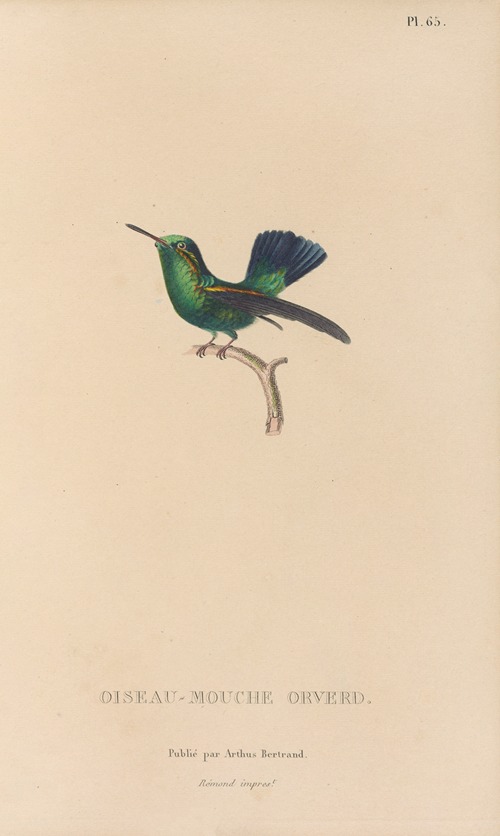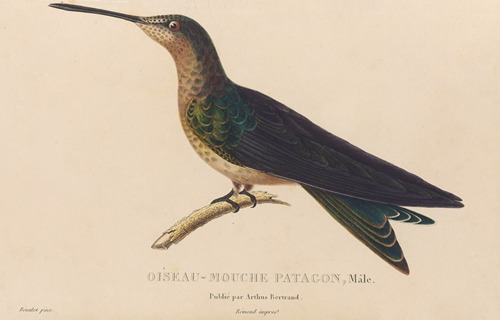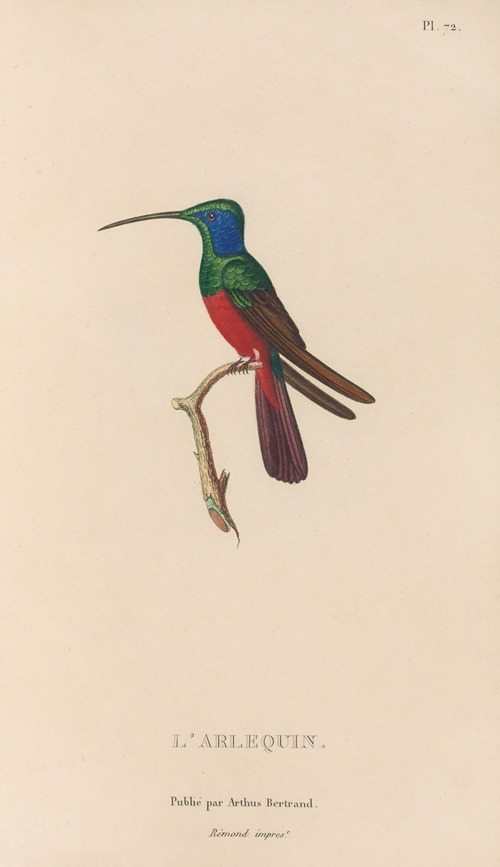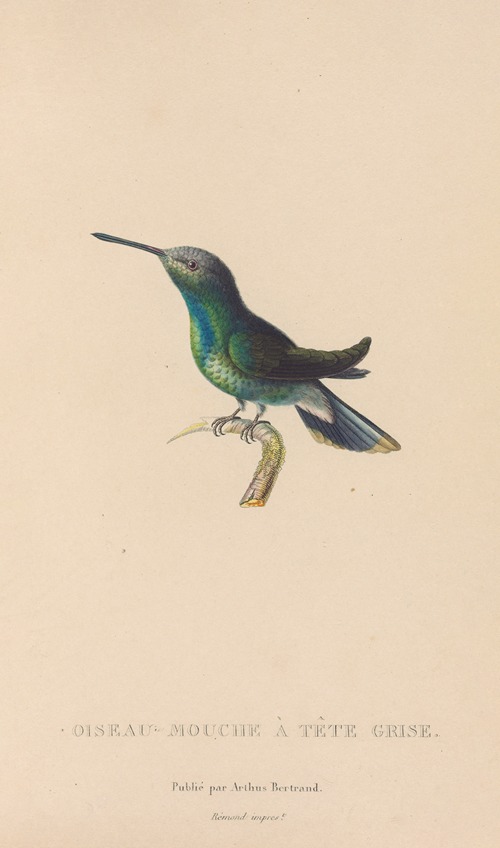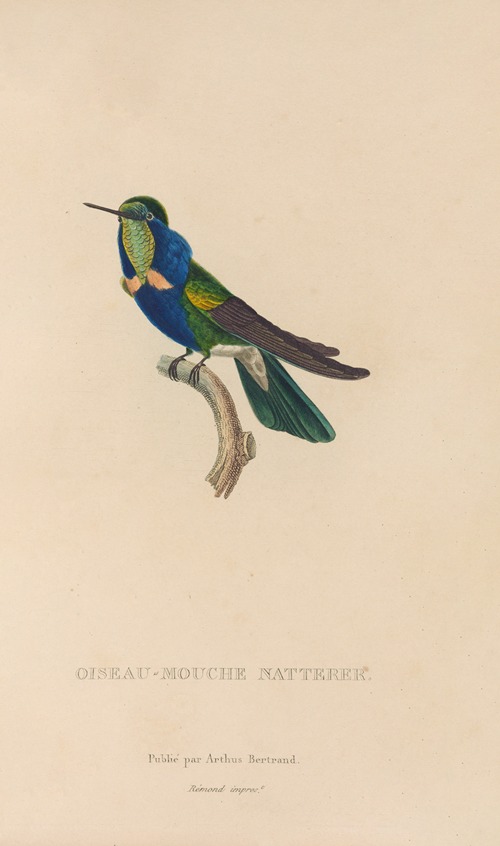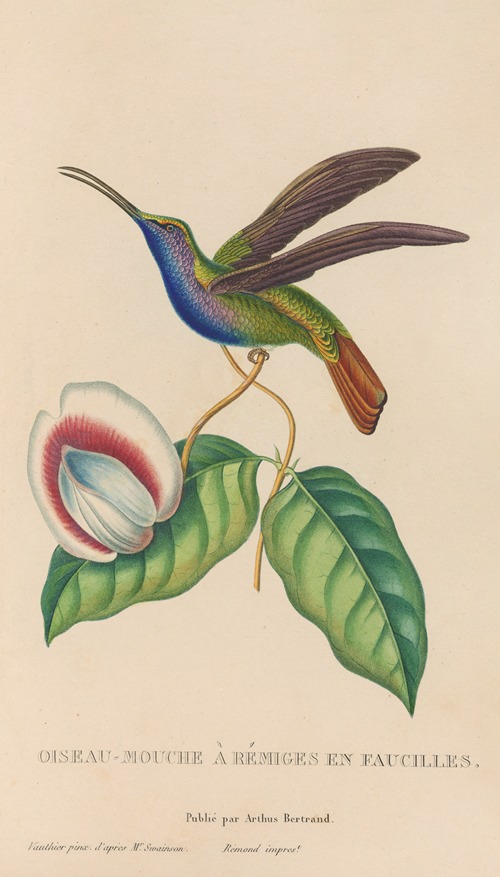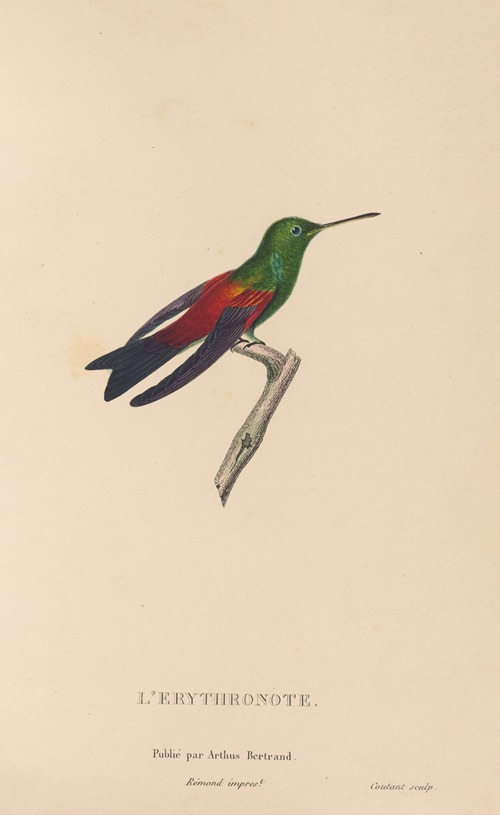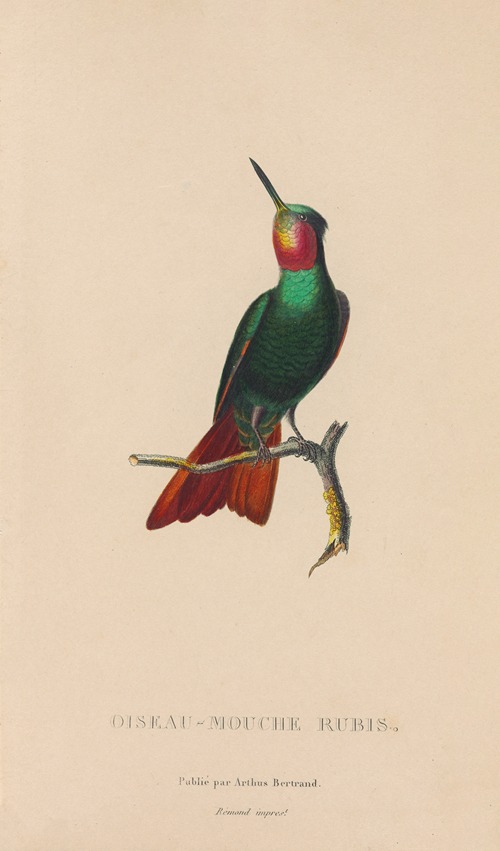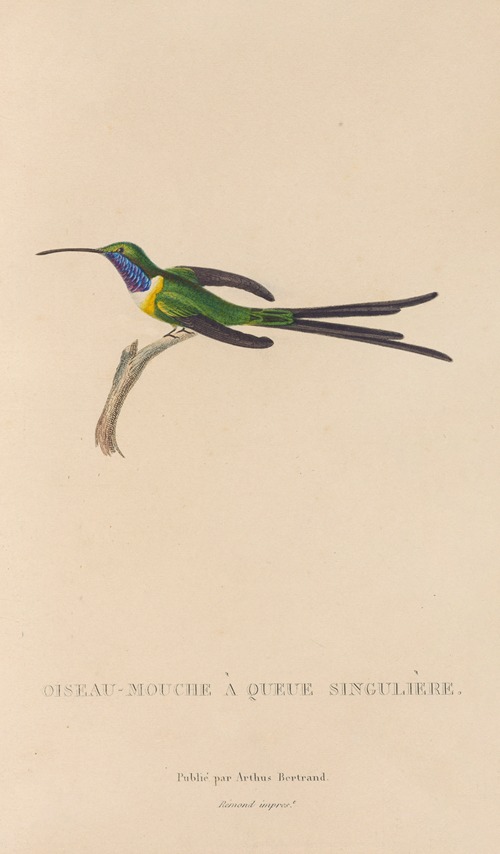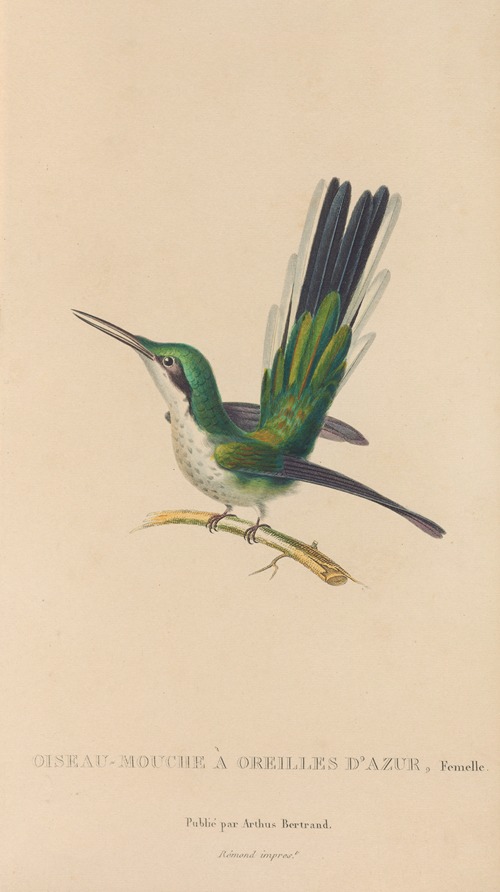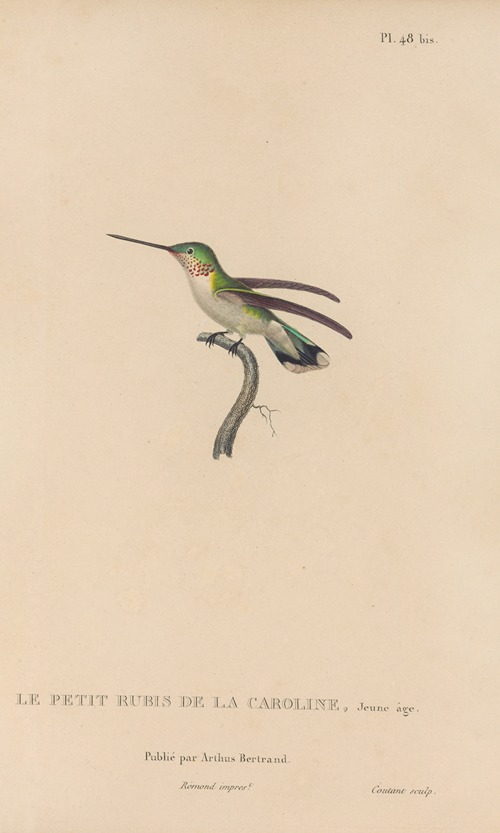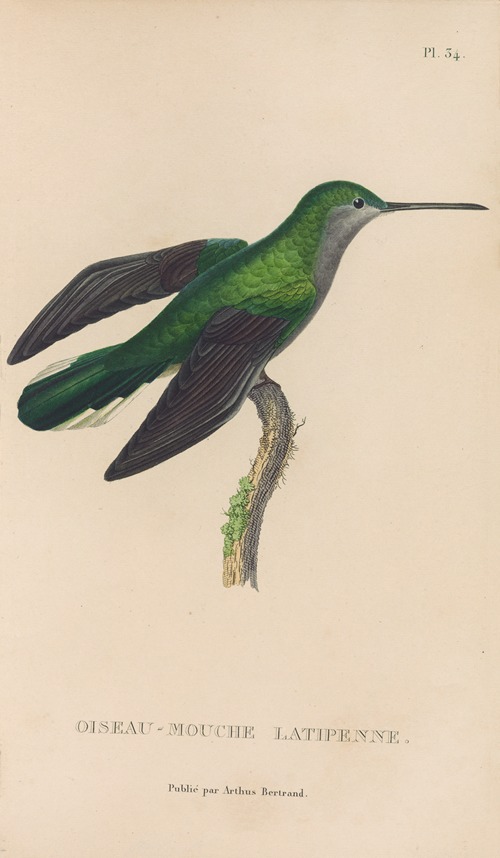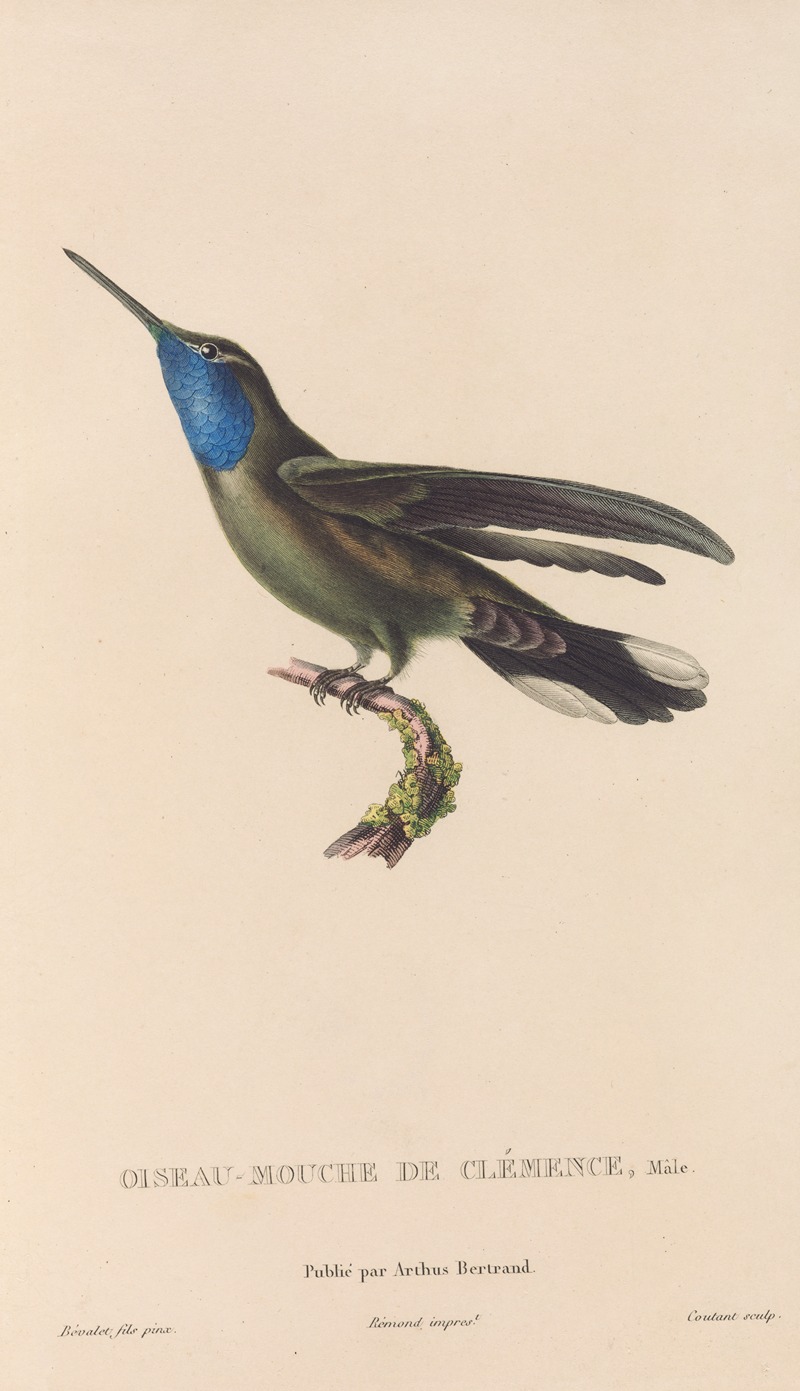
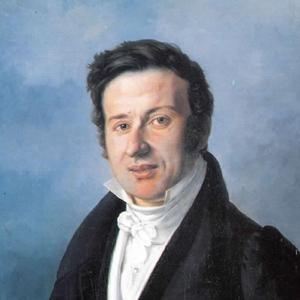
René-Primevère Lesson was a French surgeon, naturalist, ornithologist, and herpetologist.
Lesson was born at Rochefort, and entered the Naval Medical School in Rochefort at the age of sixteen. He served in the French Navy during the Napoleonic Wars; in 1811 he was third surgeon on the frigate Saale, and in 1813 was second surgeon on the Regulus.
In 1816 Lesson changed his classification to pharmacist. He served on Duperrey's round-the-world voyage of La Coquille (1822–1825), of which he collected natural history specimens with his fellow surgeon Prosper Garnot and officer Dumont d'Urville. During his visits to the Moluccas and New Guinea, Lesson became the first naturalist to see birds of paradise in the wild.
On returning to Paris, he spent seven years preparing the section on vertebrates for the official account of the expedition: "Voyage autour du monde entrepris par ordre du Gouvernement sur la corvette La Coquille" (published from 1826 to 1839). During this time period, he also produced "Manuel d'Ornithologie" (1828), "Traité d'Ornithologie" (1831), "Centurie Zoologique" (1830–1832) and "Illustrations de Zoologie" (1832–35). Lesson also published several monographs on hummingbirds and one book on birds of paradise.
In the field of herpetology he described many new species of amphibians and reptiles.
On 3 February 1827 he married the artist and scientific illustrator Clémence Dumont de Sainte-Croix. Dumont de Sainte-Croix along with her sister Zoë Dumont de Sainte-Croix illustrated plates in Lesson's publications.
From 1831, he served as a professor of pharmacy, and following a series of promotions, became the top-ranking naval pharmacist at Rochefort (1835). His experience as a ship's surgeon resulted in his two-volume "Manuel d'histoire naturelle medicale, et de pharmacographie" (1833), intended as a handbook for naval surgeons.
He became a corresponding member of the Académie de Médecine in 1828, later becoming a correspondent of the Académie des Sciences (1833). He received the Légion d'honneur in 1847.
In 1847, Lesson presented a division of human races based on simple color terms: White for Caucasians, Dusky for South Asians, Orange for Austronesians, Yellow for East Asians, Red for Indigenous Americans, and Black for Africans. This model achieved moderate use among ethnologists.
René Primevère Lesson is sometimes confused with his brother, Pierre Adolphe Lesson (1805-1888), who participated on the Astrolabe expedition (as the Coquille had been renamed) in 1826–29, under the command of Jules Dumont d'Urville.
